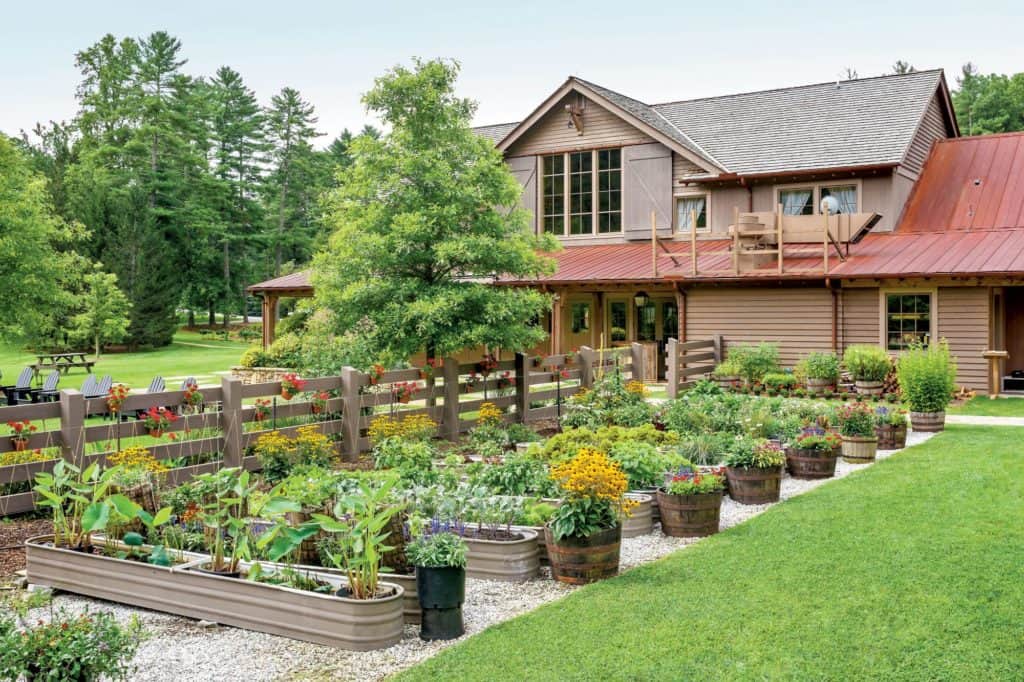
Starting your own backyard garden can be one of the most rewarding things you do. Sometimes getting your hands a little dirty can give you surprises like fragrant florals, fresh fruits for your smoothie, fresh leafy greens for a healthy bowl of salad.
If you do not already have a back garden, starting on this gardening adventure can get a little tricky, but it doesn’t have to be. In this article, we have broken down your backyard garden project into manageable steps.
Benefits Of Growing Your Own Fruits And Vegetables Garden
- Providing your family with healthy, organic vegetables at a lower cost
- Minimizes the environmental effects of transporting and storing food
- Makes your meals more personal, tasty, and interesting
- Syncs your family to the natural cycles of weather, growth, and renewal
- Improves mindfulness and provides healthy outdoor exercise
How To Start A Backyard Garden In 10 Steps?
1. Consider What To Plant
What would you want to see in your backyard garden? A vegetable garden? A flower garden or a herb garden? If you’re looking for vegetables and herbs, plant the ones that’ll contribute to your kitchen and dining table. If you want a flower garden for its vibrant color and beautiful smell, decide whether you want annuals that bloom most of the summer but need to be replanted each spring or perennials that have a shorter bloom time but return year after year.
In both cases, it is important to understand the weather and climatic conditions in your area. You can also have a combination of vegetables, herbs, and flowers, but keep in mind that all of these will have different maintenance requirements.
2. Choose Your Garden Location
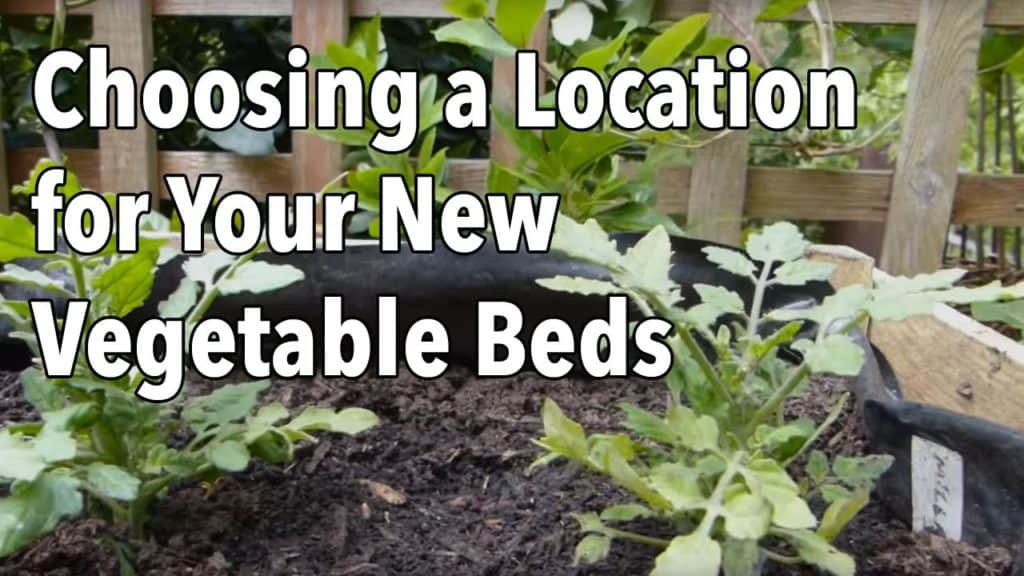
Almost all types of plants require about 5 to 8 hours of direct sunlight. So before you choose the final location, make sure you observe your yard to spot which area receives full sunlight versus partial sunlight and which area is in complete shade. Front yard garden or back garden, whichever you choose, ensure that your garden is not in complete shade.
3. Prep The Garden Bed
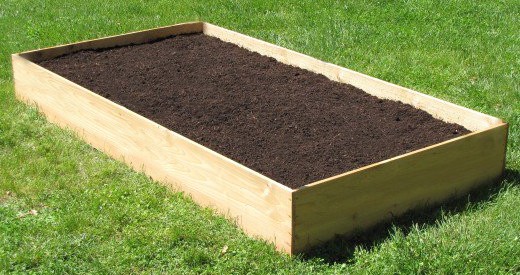
Clean any weeds and sod in the area you plan to start a garden. Now it’s time to decide on the type and size of the garden beds.
(A) Number Of Beds
It’s always productive to grow in multiple beds. This way you can grow plants with similar requirements together and then rotate to different beds in successive years.
(B) Width And Depth Of Beds
Vegetable beds can be any length, but keep the widths under 3 to 4 feet for ease of weeding, mulching, and tending the plants in the center of the bed. The depth of your garden bed will depend on the type of plant you’re growing and also the type of bed you’ve opted for.
(C) Types Of Garden Bed
Various types of beds are suited for various needs. Let’s take a look at the three most common types of garden beds and their features.
- In-ground garden bed
- Raised garden bed
- Sunken raised garden bed
4. Test The Soil For Improvement
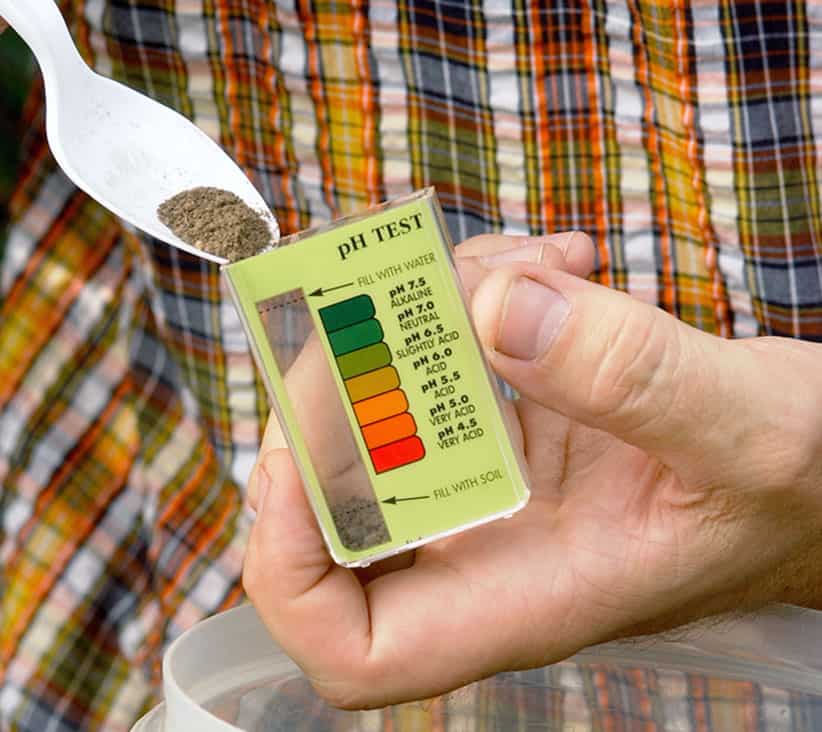
Before you start planting in your garden, it is important to test the soil pH and moisture level. Apart from that, loosening the soil in new beds helps the roots to grow easily and access the water and nutrients they need. There are two methods to loosen the soil in your backyard garden: tilling with a mechanical device such as a rototiller or digging by hand.
(A) Soil pH
Soil can be both acidic as well as alkaline. Acidic soils or low pH soil can be sweetened by the addition of lime. Alkaline soils or high pH soil require gardener’s sulfur and rich organic matter. It should also be mulched with acidic materials such as pine needles and forest duff.
(B) Soil Moisture
Before you plant your seeds, make sure that the soil is dry. Make sure you provide drainage by digging a drainage trench along the garden bed. You can also opt for a raised garden bed for better drainage.
(C) Adding Organic Matter
You can enrich the soil with organic matter, once the soil is turned and large clumps are broken up. This soil should be dug into the top 6″ of soil where it will be available to the root systems of young plants. The best sources for organic matter are:
- Compost
- Animal manure
- Green manure
- Sea soil
5. Invest In Basic Gardening Tools
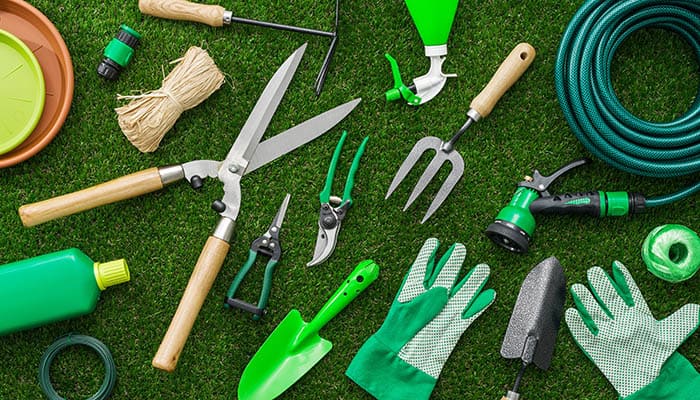
You wouldn’t want to use a butter knife to chop up raw carrots, and you shouldn’t use dull or flimsy tools to work in your garden. The right tools can make working in your garden a leisure activity instead of a chore. Basic gardening equipment includes:
- Garden hoe
- Garden Shovel or D handle Shovel
- Hand tools
- Dirt rake
- Leaf rake
- Scuffle hoe
Pro Tips For Your Gardening Tools
- Don’t buy cheap plastic tools
- Keep tools clean and sharp
- Look for pots that are almost equal in size
6. Choose Your Plants or Transplants
Some people drown in catalogs for months; whereas others head to your local garden center and buy what wows them. As long as you choose plants adapted to your climate, soil, and sunlight, you can follow either of the two methods. You can even browse the Internet for plants to purchase.
Here are a few beginners’ favorites:
(1) Annuals
- Calendula
- Cosmos
- Geraniums
- Impatiens
- Marigolds
- Sunflowers
- Zinnias
(2) Perennials
- Black-eyed Susans
- Daylilies
- Lamb’s ears
- Pansies
- Phlox
- Purple coneflowers
- Russian sage
(3) Vegetables
- Cucumbers
- Lettuce
- Peppers
- Tomatoes
7. Start Planting
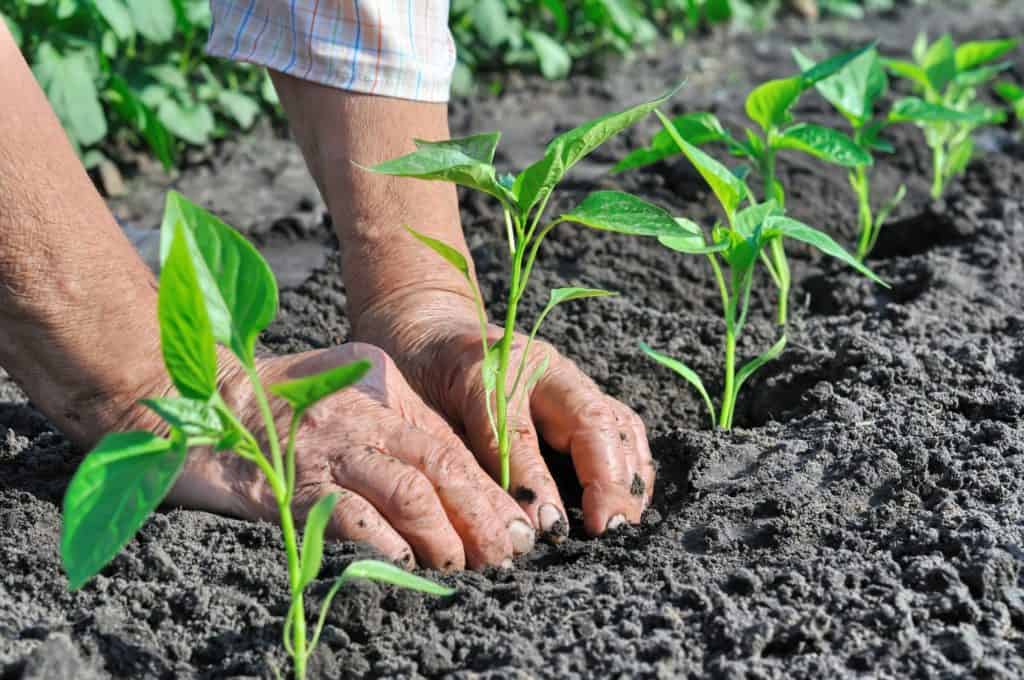
Now that the groundwork (literally) is done, you’re all set to start your own back garden. Most of the seed packets and transplant containers come with basic planting instructions. The key is to plant them according to their optimum weather conditions. Here are a few examples.
- If you want to plant pansies and kale, make sure you plant them in autumn or late winter, because they tolerate cold.
- Most annual flowers and tomatoes prefer warm weather.
- Mid-spring and mid-autumn are good times to plant perennials.
You can also start a garden with young plants, called set plants or transplants. You need to dig holes in your prepared bed based on tag instructions. Remove plants from the container by pushing up from the bottom.
8. Water And Nurture Them
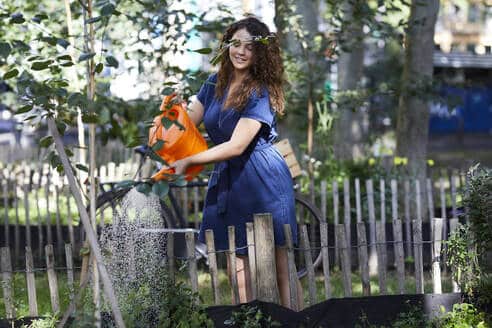
The best fertilizer for a plant is the gardener’s shadow. If you want your plants to stay longer, make sure that the seedlings don’t dry out. Water them daily as per their requirement.
Pro Tips For Watering Your Plants
- You don’t need to water clay soil as much as sandy soil.
- Sunny, windy conditions can dry out soil quicker than cool and cloudy weather.
- If it feels dry 3 to 4 inches below the soil surface, it’s time to water.
- In order to make the water soak in instead of running off, water them slowly and deeply.
- Water in the early morning to help minimize evaporation.
9. Protect Your Garden
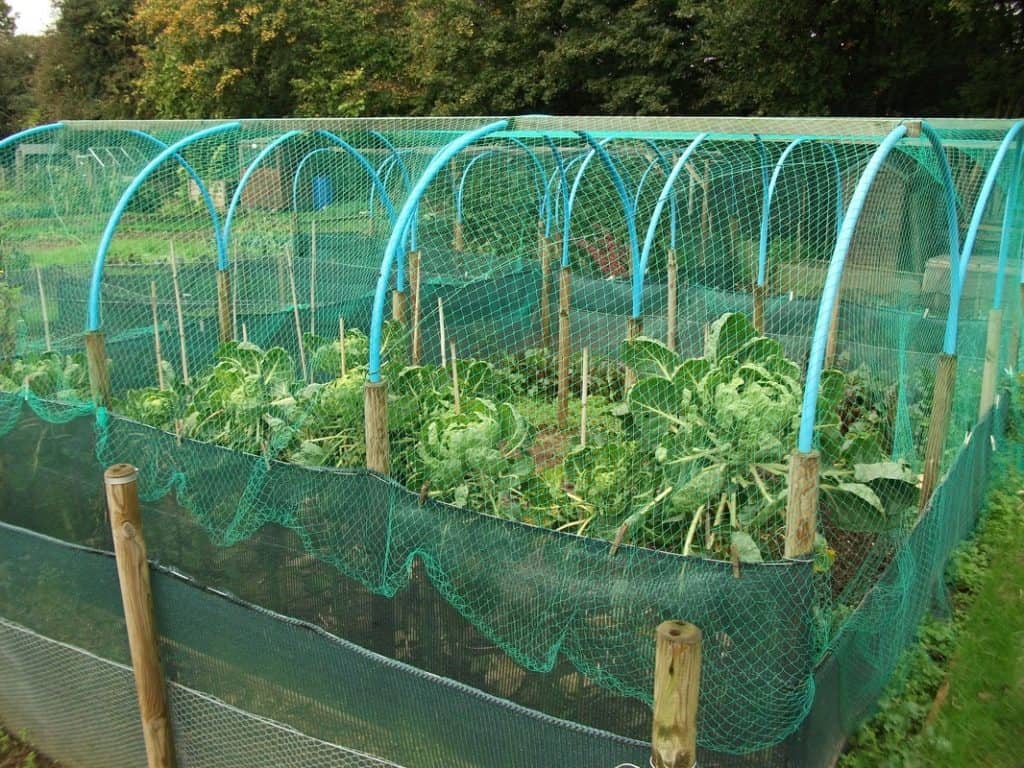
Weeds are a gardener’s enemy. In order to keep the weeds out and the moisture in your garden soil, cover the soil with a couple of inches of mulch. If you prevent the sunlight from hitting the soil, weed seeds won’t germinate.
- Each type of mulch has its own benefits. You can choose from shredded bark, straw, and river rock.
- Using organic mulch, such as bark, compost, or cocoa bean shells (which smell good, by the way), will nourish the soil as it decomposes.
- If your backyard garden has vegetables or a bed of annuals, choose a mulch that decomposes in a few months.
If you have perennials, use a longer-lasting mulch such as bark chips.
10. Maintain Your Garden
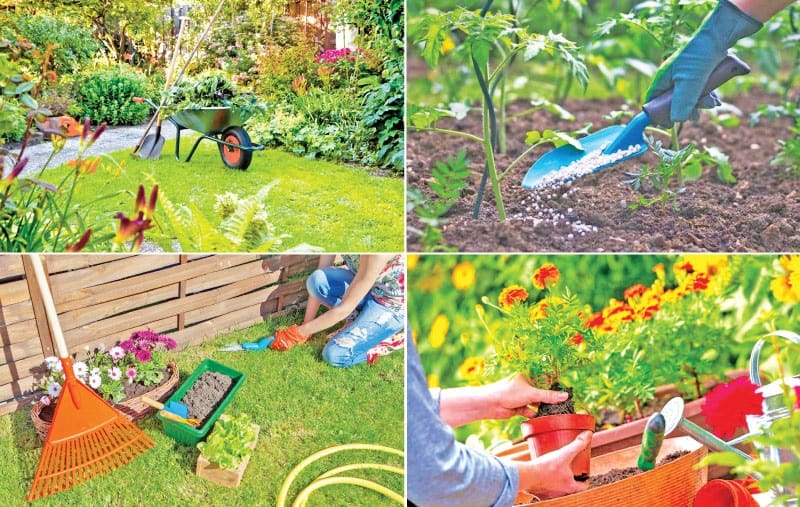
Your job is not done once you’ve set your garden up. Your garden will only keep growing to its full potential just as you keep maintaining it.
- Avoid wilting in plants by watering them
- Pull out the weeds before they go to seeds
- To make sure you have healthy, get rid of dead, dying, and diseased vegetation
- Get rid of destructive insects by picking them off the plant and dropping them into a bucket of sudsy water (such as tomato hornworms), hosing them off, or spraying on an insecticidal soap purchased at a garden center.
- Use trellis, stake, or a tepee to make a support system for tall plants
- Harvest vegetables as soon as they’re ready
Final Takeaway
Your journey started with how to start a backyard garden and now you’re a gardening pro! All these steps and pro tips in this article will help you grow a healthy backyard garden.
FAQs:Top 10 Tips To Set Up Your Own Backyard Garden
1. How to start a garden for beginners ?
If you’re just starting on your back garden adventure, make sure the soil you’re using is healthy, choose the right plants or transplants, and have the right gardening tools with you. Also, to make a healthy backyard garden, choose a location that gets optimum hours of direct sunlight in a day.
2. What do I need to start a garden in my yard ?
If you want to start your own backyard garden make sure you start right by choosing the right plot, prep your soil well, and prepare your garden bed. Once you’re done with the basics, choose the right kind of plants that you want in your back garden, depending on the soil as well as the weather conditions.
3. How do you start a vegetable garden from scratch ?
Cucumbers, lettuce, peppers, and tomatoes are beginners’ favorites when it comes to vegetable gardening.





